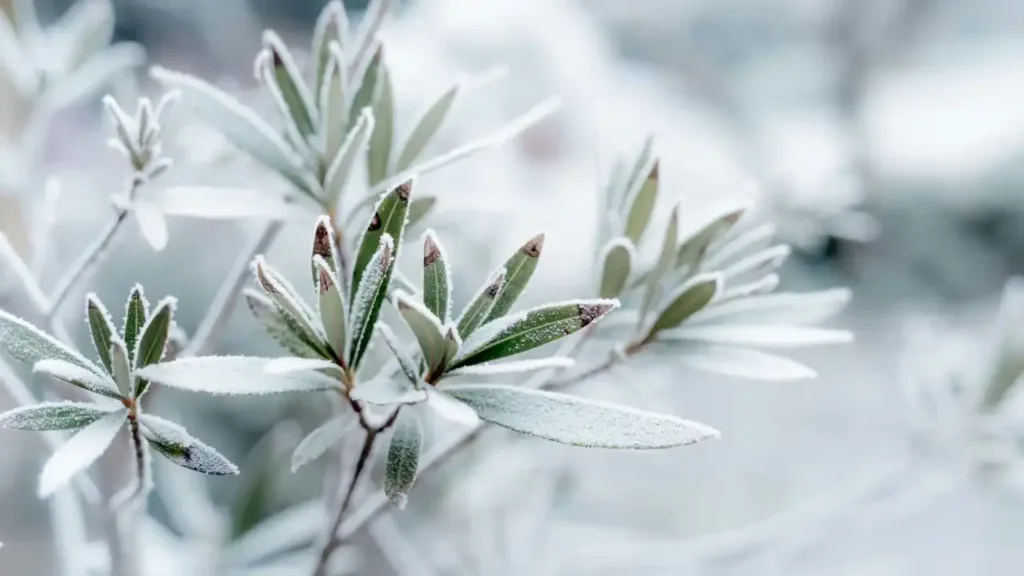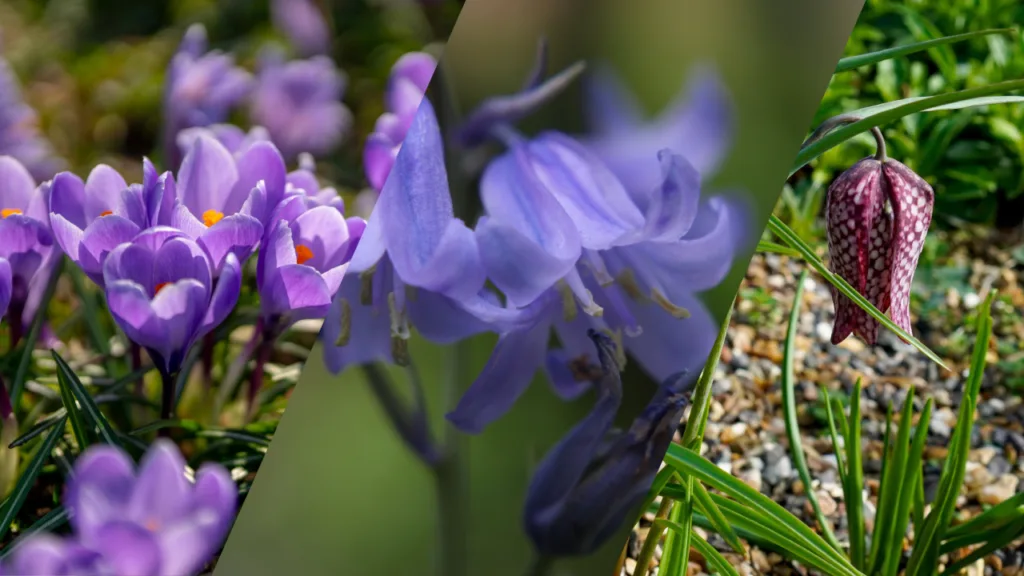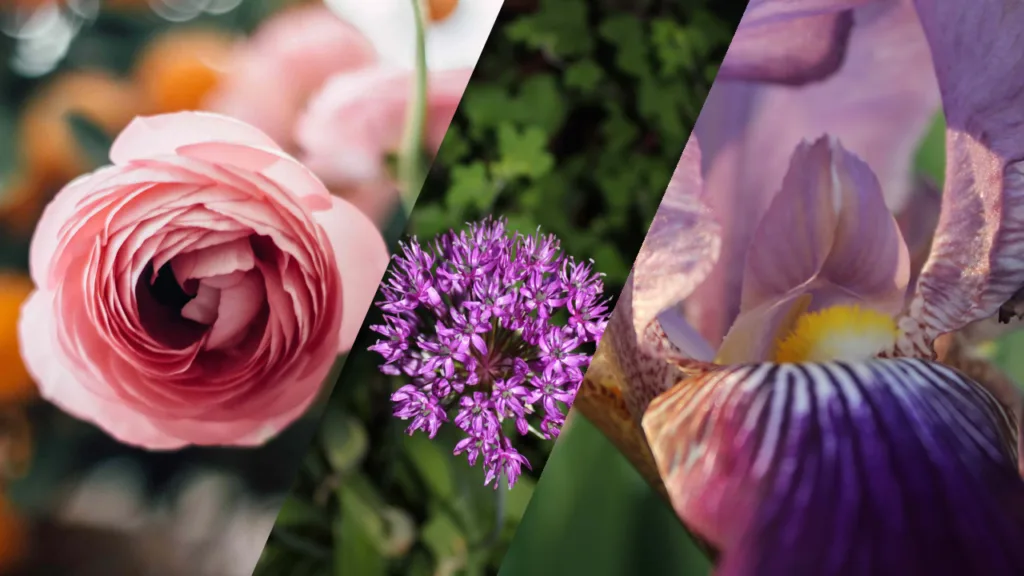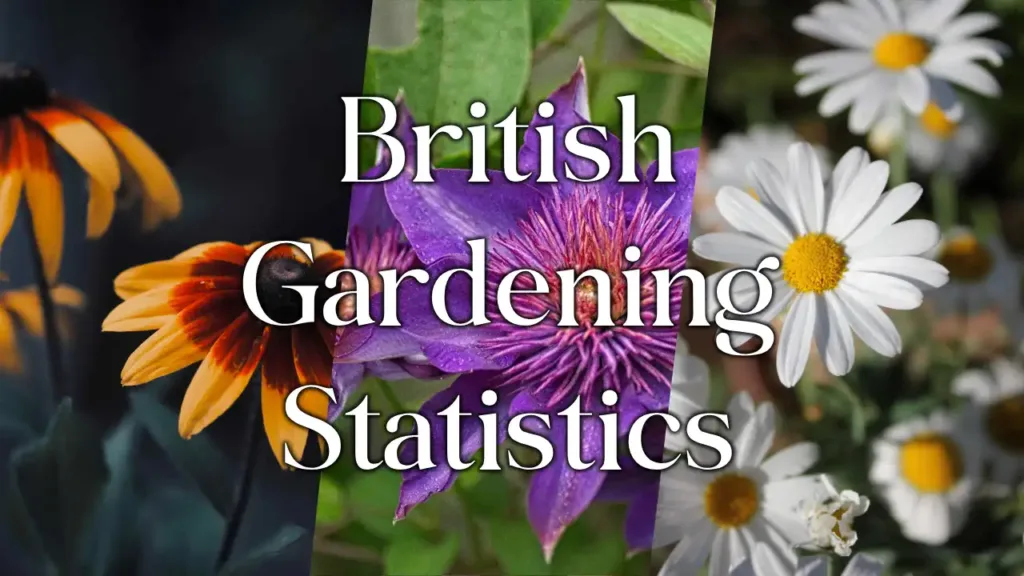Winter often makes me think of leafless trees, frosty landscapes, and a completely bare garden. But it doesn’t have to be this way! With the right choices and clever planting, you can make your garden as inspiring and colourful in winter as it is the rest of the year.
In this article, we’ll cover everything you need to know to make your garden look beautiful throughout the winter months.
Contents
Choose Winter-Resilient Plants

One of the best ways to keep your garden looking great over winter is by purchasing plants that bloom during the colder weather, such as hellebores, cyclamen, camellia and sweet box. These plants will add pops of colour throughout your outdoor space and help you to create a beautiful garden throughout the winter.
As with every season, you shouldn’t just rely on flowers to make your garden look great, you need leafy plants to add ground cover and structure to your space. Evergreen shrubs such as holly, hebes and an viburnum are great for this as they quickly grow to fill the space and look good all year round.
Find Berry-Producing Plants
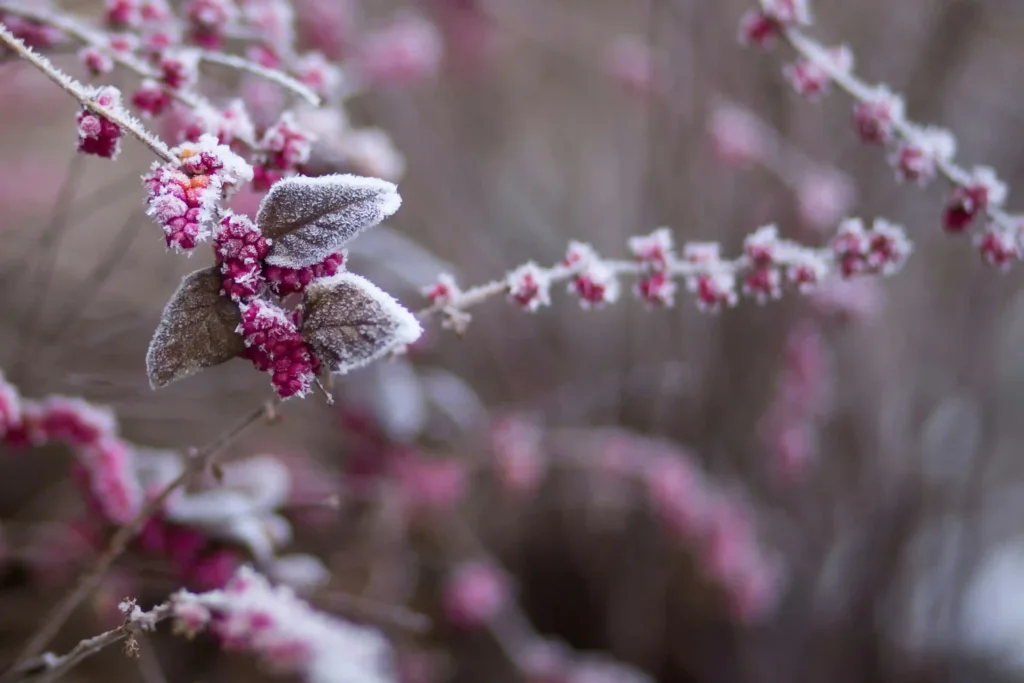
Berries are a key part of many Christmas decorations inside the home, so why not add plants to your garden that naturally produce them!
Plants such as viburnums, winterberries, and various holly species produce colourful clusters of berries that really bring the Christmas spirit outside too. These berry-laden plants not only enhance the winter landscape but also provide a valuable food source for birds, bringing both beauty and life to your outdoor space during the colder months.
Grow Winter Vegetables
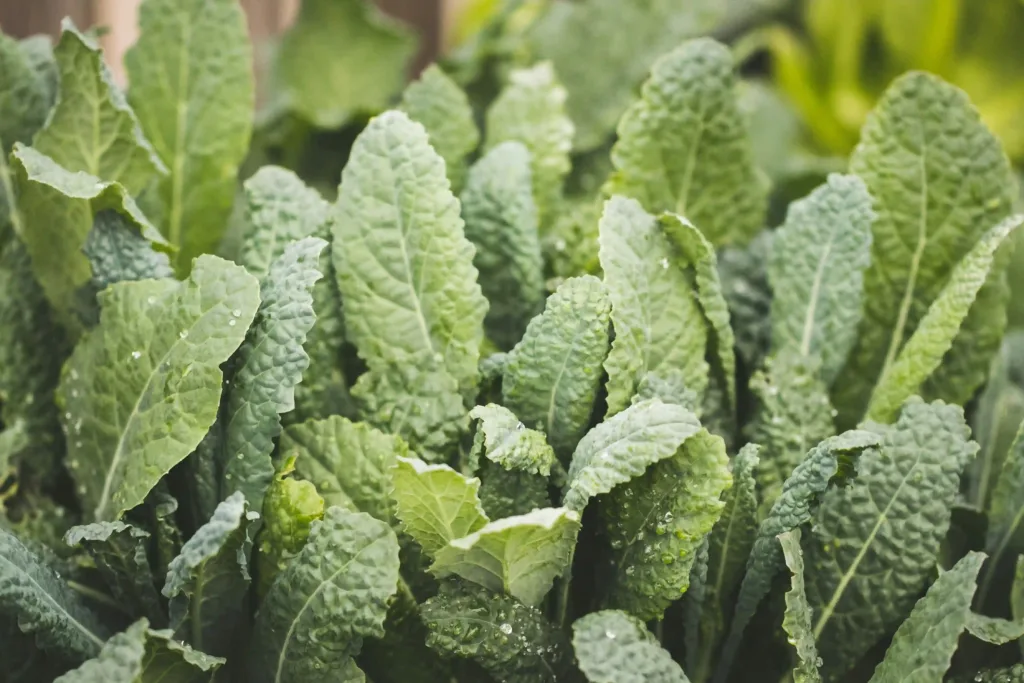
Certain vegetables thrive in the cold, meaning that you can keep growing fresh produce for your family throughout the winter months. Kale, sprouts and leeks are well known for their frost-resilience and are great for including in hearty soups after gardening out in the cold.
Plant these crops in late summer or early autumn to allow them to establish themselves before winter. If you’re forecast especially cold weather, then you can use a cold frame or cloche to further protect them.
Create Winter Containers
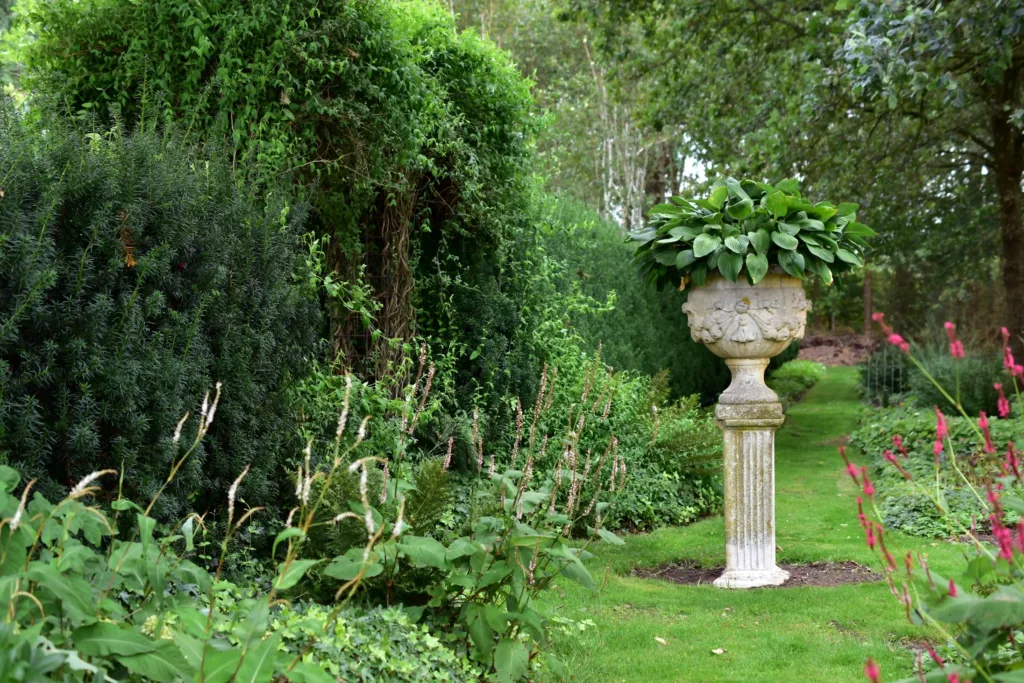
Growing some of your winter plants in containers is a great way to add more colour, shape and structure to your garden that you couldn’t achieve with planting alone. When planting, I’d recommend that you create a single cluster of containers near your house to create a focal point that can be enjoyed year round.
With thoughtfully selected plants, winter containers bring brightness and vibrancy throughout the colder months. I recommend buying hardy plants such as pansies and cyclamen, which can tolerate colder temperatures and bring colour to your garden.
Leave Seed Heads In The Ground
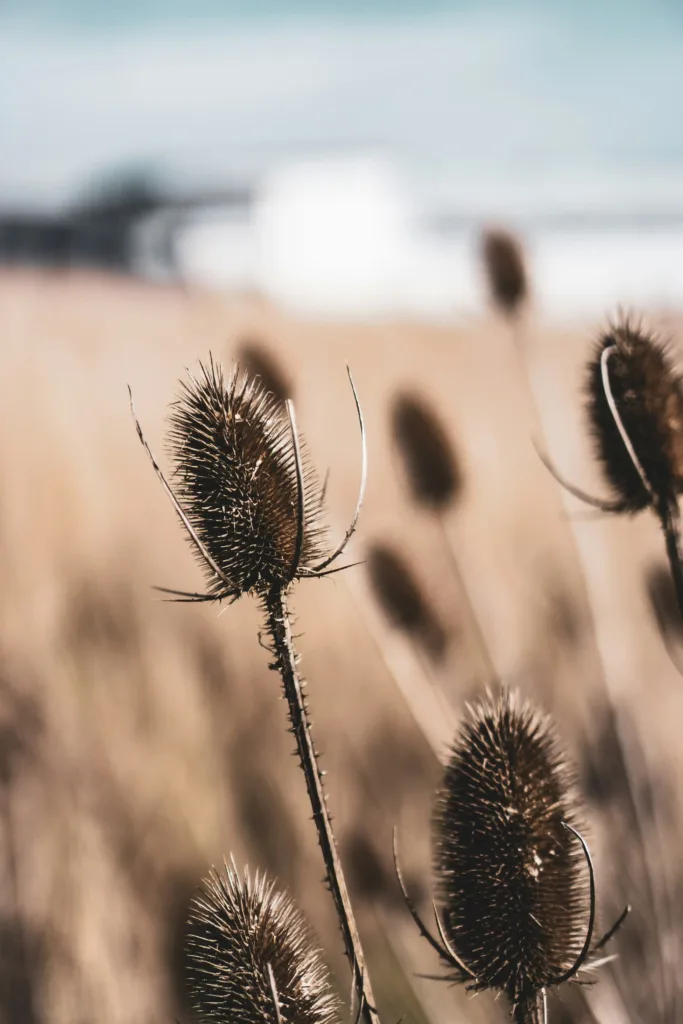
While it might be tempting to clear all of the brown seed heads away from your garden in Autumn, leaving some in the ground helps your space retain a natural texture and movement in the winter. The sculptural shapes of the seed heads bring a structural look to your garden, which is especially beautiful when they catch the winter frost.
From my experience, echinaceas, rudbeckias, and ornamental grasses give the best winter display, maintaining their striking silhouettes long after their blooms fade. Not only do these plants look great, but they also serve a practical purpose, offering food for birds and shelter for small wildlife throughout the winter months.
Prune Wisely
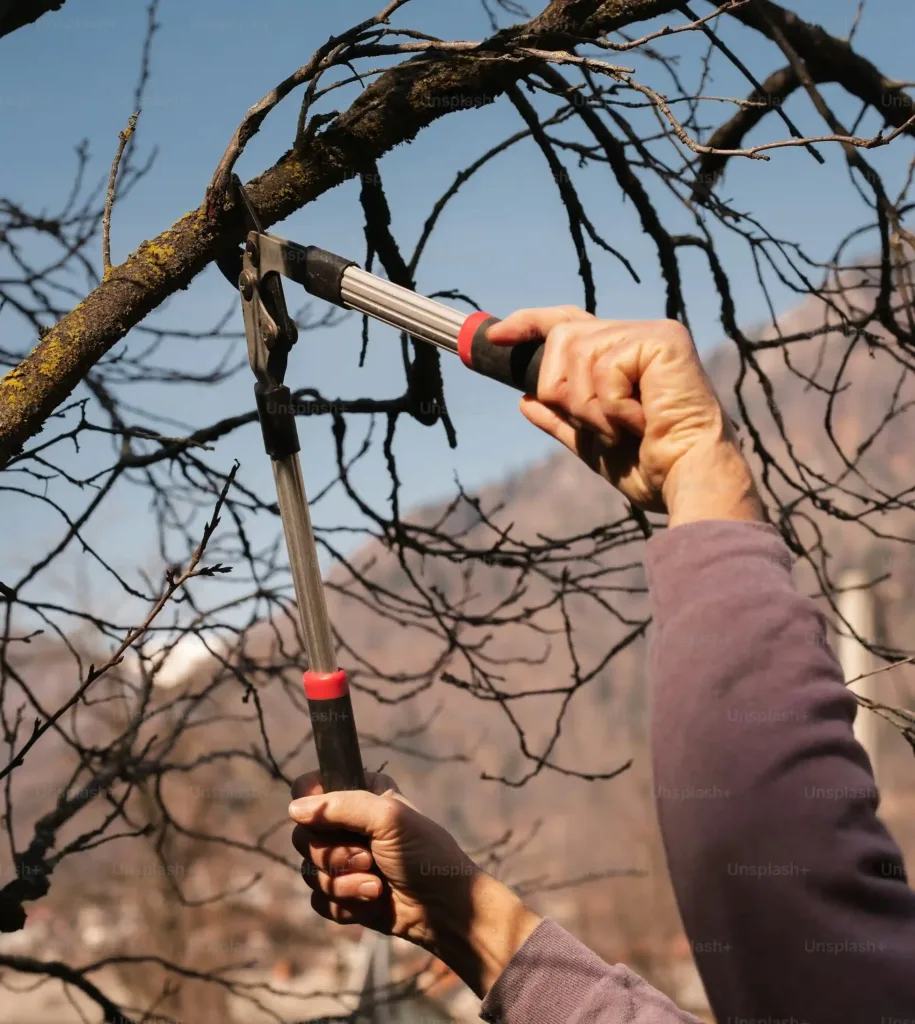
Winter is a great time to pruning many deciduous trees and shrubs, which helps to promote healthier growth in the following year. It’s important to focus on removing dead or damaged branches and cutting back overgrown plants to encourage a more balanced shape.
Not only does pruning help your plants the following year, but it also helps them to look much tidier throughout the winter months, making your garden look even more appealing.
Mulch Your Garden Beds
In winter, mulch plays a key role in protecting your plant’s roots and crowns from the cold by acting as a layer of insulation. Mulch also adds definition to garden beds, making them stand out in the winter landscape.
For an eco-friendly option, use fallen leaves as mulch. Leaves are a renewable resource straight from your garden and provide shelter for insects and small wildlife. As they break down over time, they naturally enrich the soil, giving your garden an added boost for the next growing season.
Add Decorations
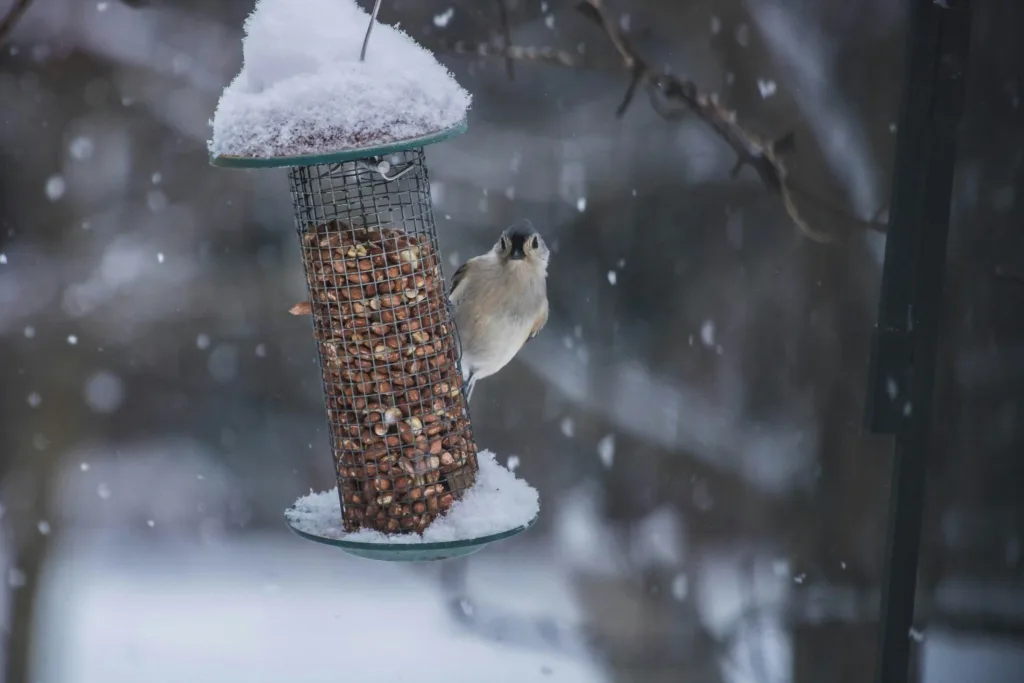
You don’t just need to focus on the planting when preparing your garden for winter. Incorporating decorations such as bird feeders, sculptures or wind chimes add extra personality to your outside space.
If you’re looking to create something more permanent, creating a small outdoor seating area can create added interest to your garden in winter, while also allowing you to see your garden from a different perspective in the warmer months.
Use Garden Lighting
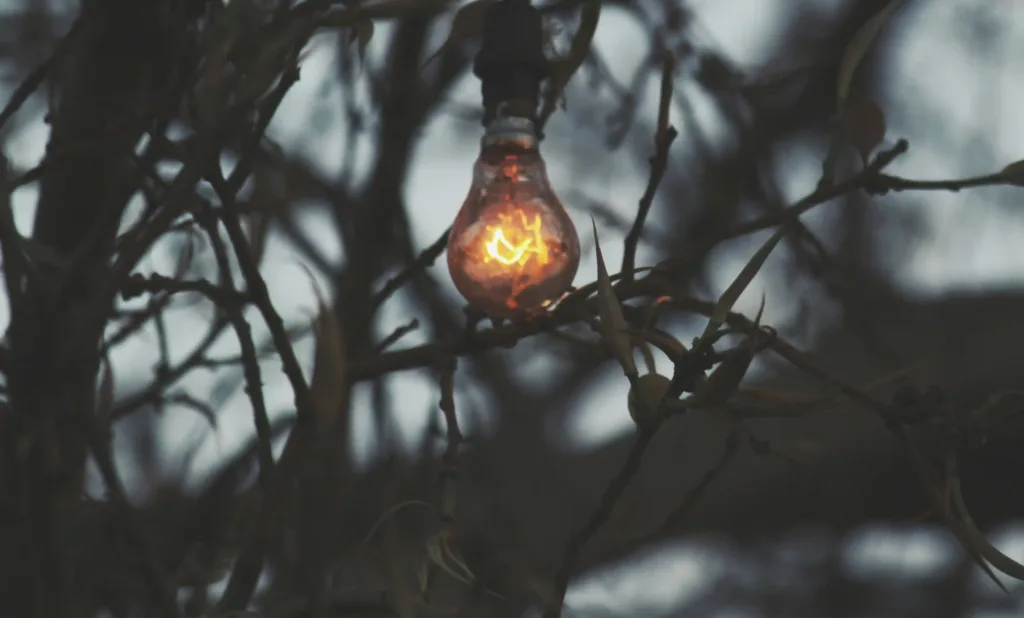
As the days get shorter and the nights longer, I’d highly recommend adding plenty of outdoor lighting to your garden so that you can enjoy your space after dark. Stringing fairy lights around your trees and shrubs or installing solar-powered lights along pathways are great ways to illuminate your outside space.
If you’ve got sculptures or other large features in your garden, I’d recommend installing some landscaping lights to highlight these features at night. Somehow, the warm glow of these lights give sculptures a whole new dimension, which really makes them eye-catching.
Create Wildlife Habitats
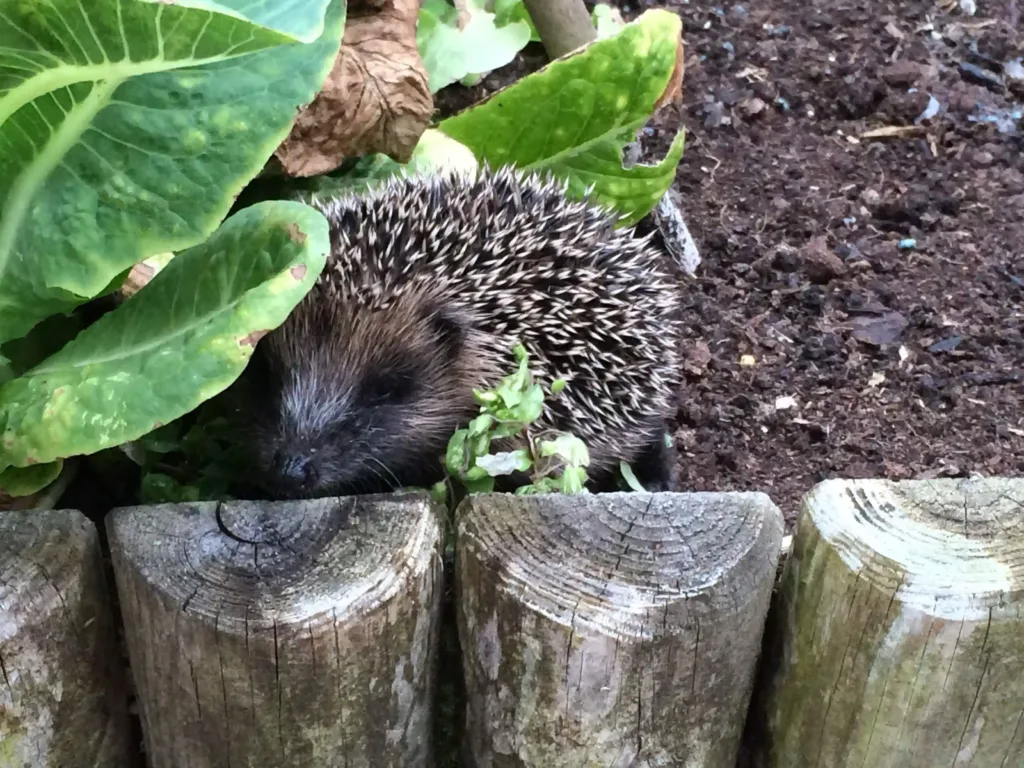
Creating habitats for wildlife helps maintain the biodiversity in your garden and can keep it lively even in winter.
I would recommend leaving a pile of pruned branches in a sheltered part of your garden to encourage hedgehogs and other wildlife to shelter in during the cold weather. You can also purchase heated birdbaths to keep a fresh source of drinking water available for any animals that need a drink.
Plan Your Garden Layout

While it’s cold outside, winter can be a great time to plan your garden’s layout and design for the following year. I’d recommend spending some time observing how the sunlight moves across your garden to help you decide where plants should be placed next year. Creating a design that considers the seasonal changes can significantly improve the overall health and aesthetics of your garden, meaning that you can enjoy a fuller garden for longer. Thoughtful planning ensures that your garden will not only thrive during the warmer months but also retain its beauty in winter.
Conclusion
By incorporating these tips and plant recommendations, you’ll create a beautiful winter garden that not only withstands the cold but also is the envy of your friends. While you’re in the garden, you might want to start planting your spring and summer bulbs for next year. Alternatively, check out our guide on how you can pick the best rose for your garden.

